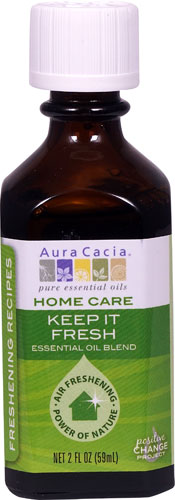Starting something new can be exciting—and scary. Here’s what you need to know to ease fear when you head to your first yoga class.
1. Yoga types vary
All yoga is not the same, though it’s all meant to give you the same result: knowledge and growth of the self. The practice – and yoga is always referred to as a “practice” – of getting there can involve sweaty, strong classes or calm, cool classes. It can mean yoga tailored to mild discomfort or tailored to nourishment. Some types of yoga are heavily, if not entirely, focused on breath-work (Kundalini), while others make breath-work a side effect of the effort you expend (power-flow classes). Decide what you want, and then home in on the best class for it.
2. Some gear is required
You’re going to move around and might invert, so wear clothes that are stretchy or loose and that always cover your private parts. Expect to use a yoga mat. Your own is best, but nearly all studios and gyms have mats you can use for free or rent for a buck or two. The mat cushions a bit, creates a physical framework for your practice, and prevents points of contact between it and your body from sliding. The class floor will likely be padded, carpeted or wood. Classes work best when mats are staggered at least a foot apart and a couple feet from walls, making space for arms and legs to reach out. Also, mats are placed parallel with walls or other nearby markers in order to help students with their alignment. Teachers might incorporate props, such as blocks or straps (definitely for restorative classes), in order to vary postures or make them more achievable.
3. Things might seem weird
Teachers start class in a variety of ways: seated, prone, reclining, standing. In all cases, you’ll likely be asked to focus on your breath. Focused breathing is a hallmark of yoga and what sets it apart from traditional exercise. The teacher might also ask you to set an intention or dedicate your practice to someone or something. Prompts like these prepare you to do what you’re about to do with awareness and intention, another hallmark of yoga.
4. The teacher is not always right
You don’t have to do anything you don’t want to do. If a teacher pressures you and you can’t get them to back off, leave before you oblige. Some teachers might physically adjust or encourage you in postures. Often, but not always, teachers ask permission to do so. If you know you don’t want to be touched, tell the teacher before class starts or when they are about to touch you. It’s worth noting that many teachers make physical adjustments without being knowledgeable enough to, so it’s better to be overly cautious.
5. You might feel new sensations and relearn breathing
In more vigorous classes, expect your muscles to work. Elvis leg and quivering arms are fine, but back off if your joints hurt or you feel searing pain. Vigorous classes, such as popular vinyasa (flow), incorporate strength, stretching and balance. In all class types, the teacher will likely prompt when to inhale and exhale, often matching movement with breath. If following prompts creates stress, abide by your own breath. That said, you generally want to inhale during expansive movements and exhale during folds, twists and constrictive movements. Take full, slow breaths if you’re holding a pose.
6. Final rest is non-negotiable
All yoga classes end with rest, usually on the back with the eyes closed, in Savasana, for as short as a few minutes to as long as 10 minutes (longer will likely be noted in class descriptions). This rest is critical to yoga practice. It’s when you integrate all you have done during the session. It’s also a chance to do absolutely nothing but breathe. Still, the teacher might ask you to focus on your breath, a mantra, sensations in your body. Try it. Afterward, consider its effect. Your teacher might also read an inspirational quote or offer a whiff of essential oil.
Enjoy your new experience!
Journalist and yoga teacher Mitra Malek regularly edits and creates content for wellness-focused outlets, including Yoga Journal, for which she is a contributing editor. Learn more at www.mitramalek.com.




